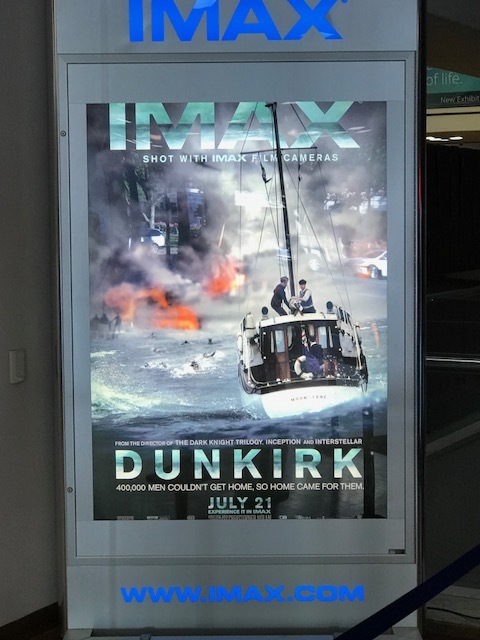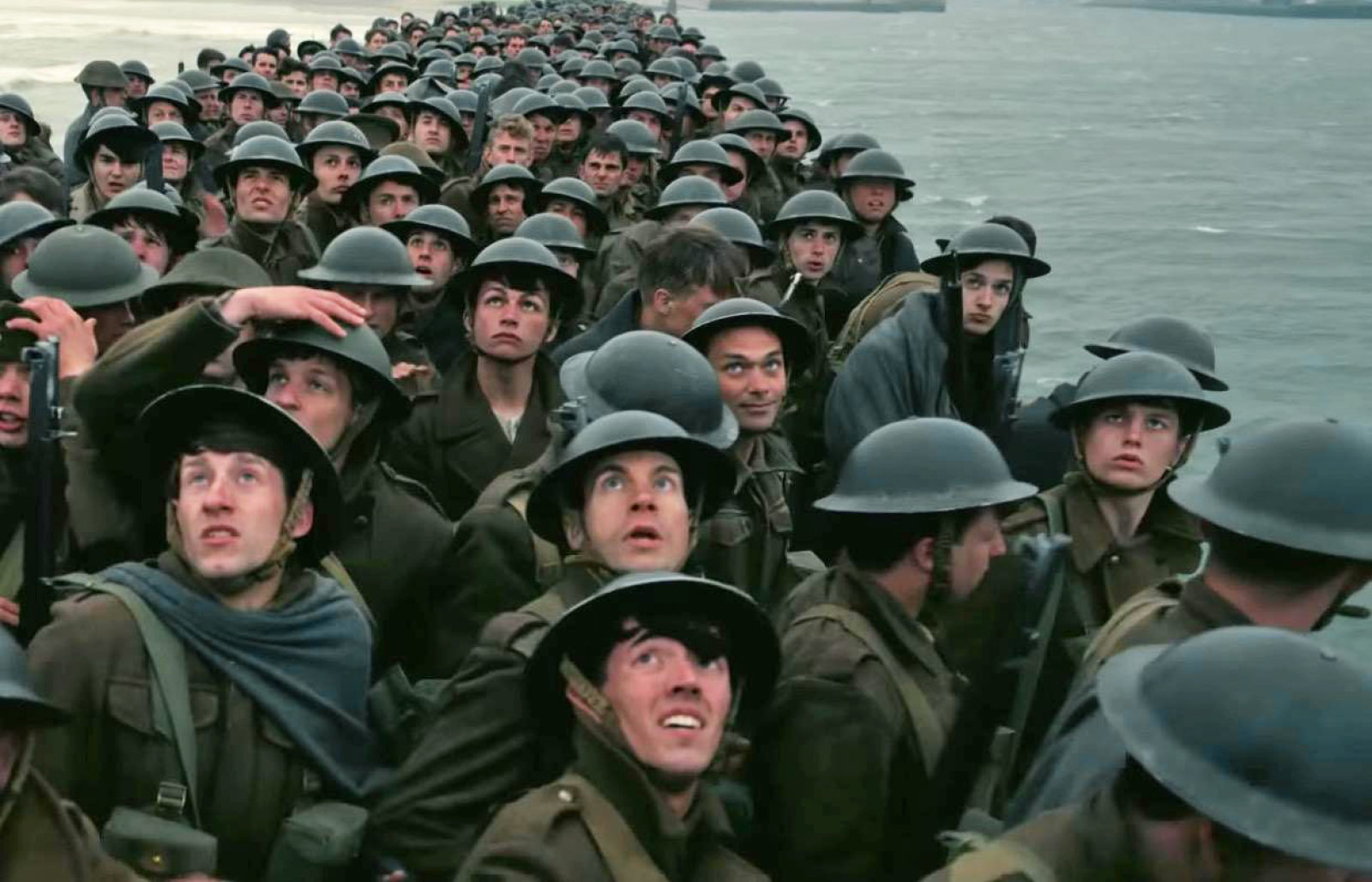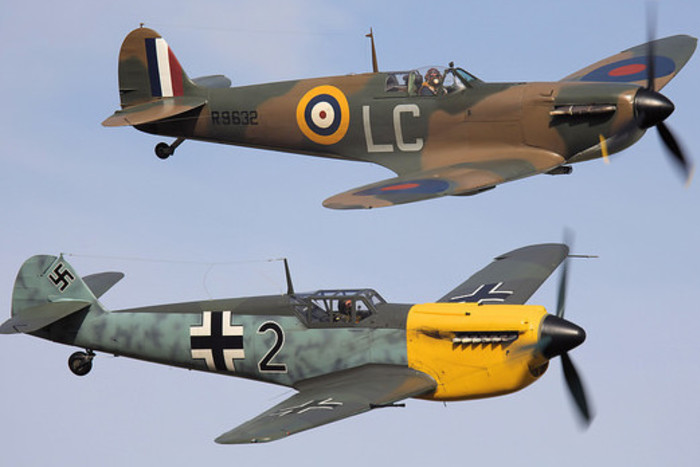“In order for war to be just, four things are necessary: authority of the sovereign, a just cause, a rightful intention and a last resort.”
—St. Augustine
Our host, Mark Brodsky, an engineer, owner-operator of Laser Marks, former mayor of Monte Sereno and self-described “war history buff,” invited four friends to join him to see this amazing period piece that is receiving “Oscar Buzz.” They were Larry, Brett, TJ and myself, shown here having drinks and critquing the movie at Scott’s Seafood in downtown San Jose.
Film Director, Christopher Nolan took great pangs to depict the agony and the ecstasy of a major iconic WWII battle that for all practical purposes saved the Western World. The opening scene: 300,000 British troops from the shores of Europe trapped in the north of France. They must cross the channel before the Nazi’s obliterated them. As the troops scurried about, paper propaganda flyers are dropping from the sky letting them know they are “screwed.” Left out of the film were the 120,000 French soldiers that were also evacuated from Dunkirk, and 30,000 French troops that held back Nazi divisions near the city of Lille to protect the allies.
For most avid moviegoers, there is only one way to see this 106-minute feature film: on the biggest screen possible. The film was projected on IMAX 70mm high resolution format of celluloid film, twice the size of the usual 35mm film used in the ordinary cinemas. What is the end result? Higher quality, clearer picture and stronger colors and black and whites. But for many this new technology comes at a cost. See Spoiler Alert at the end of this post for details.
Most of the communication between the actors is done through eye contact as Nolan uses minimal diaglogue to tackle complicated issues.
Perhaps Nolan aimed to educate the modern audience on the Battle of Dunkirk, but he also demonstrated the perserverance, courage, patriotism, pain, sacrifice and heroism that it took to survive the near apocalypse. The real heroes in my book were ordinary men and women that helped rescue the troops during a harrowing week in May 1940. In Operation Dynamo, soldiers were ferried to waiting ships by the estimated 800 smaller civilian craft that had sailed over the channel from England to help in the war effort.
Nolan further distinguishes himself as the visionary filmmaker, master storyteller and artist who manages to place the moviegoer in the middle of this experience. I felt like I was wearing a Virtual Reality helmet, especially when witnessing the British Spitfire plans patrol the English Channel.
I am basically a very peaceful guy, so I asked myself why I like a good war movie. I realized I like the drama of it, the human instinct for survival. Then there's unexpected heroism, the kindness and compassion of lay people who play their part in the war effort, knowing that at any turn they can become a casualty of war. More than any other genre of film, the human life is depicted here. I want to know how I would cope. Would I react bravely or cowardly, be a leader or a team player.
In Dunkirk, like all war movies, one witnesses the honor of battle but the futility and fruitlessness of it as well. I was reminded of the song “War.” In 1968, Edwin Starr, a Motown artist who recorded his version of WAR in 1970 that resonated with the antiwar movement during the Vietnam War: “War, what is it good for…absolutely nothing, say it again…War means tears to thousands of mothers eyes when their sons go to fight and lose their lives.”
On the other hand, sometimes there are so called “Just Wars." My namesake, St. Augustine, laid out the basis for a “Just War" which included: “Just Authority; Just Cause, RIght Intension and Last Resort.” Certainly this would apply here as Hitler was on a rampage to exterminate Jews, gays, gypsies, Christians, the intellectual elite and was intent on invading all of Europe.
Spoiler Alert: While seeing this movie on an IMAX Dome screen was awesome, technology does have it’s limititations. Walking down the aisle in the upper rows to get to our seat felt like I was at the edge of a cliff. Also, the film image is extended to the ceiling, and you are forced to crane your neck upwards. Think staring up at the Sistine Chapel ceiling painting by Michelangelo at the Vatican for over and hour and a half. Most of us had to move to the upper rows. Yet we still experienced stiff necks during the movie, and for some of us, headaches the next day. If you are one of the 65 million people in this country who have neck pain and suffer motion sickness (i.e. vertigo), stay away from IMAX Dome theaters. See the movie in plain digital format or the regular, smaller IMAX screens at your local cinema.
Photo credit of troops and planes: Warner Bros
Check out my blog at: enjoyyourlifenow.net




